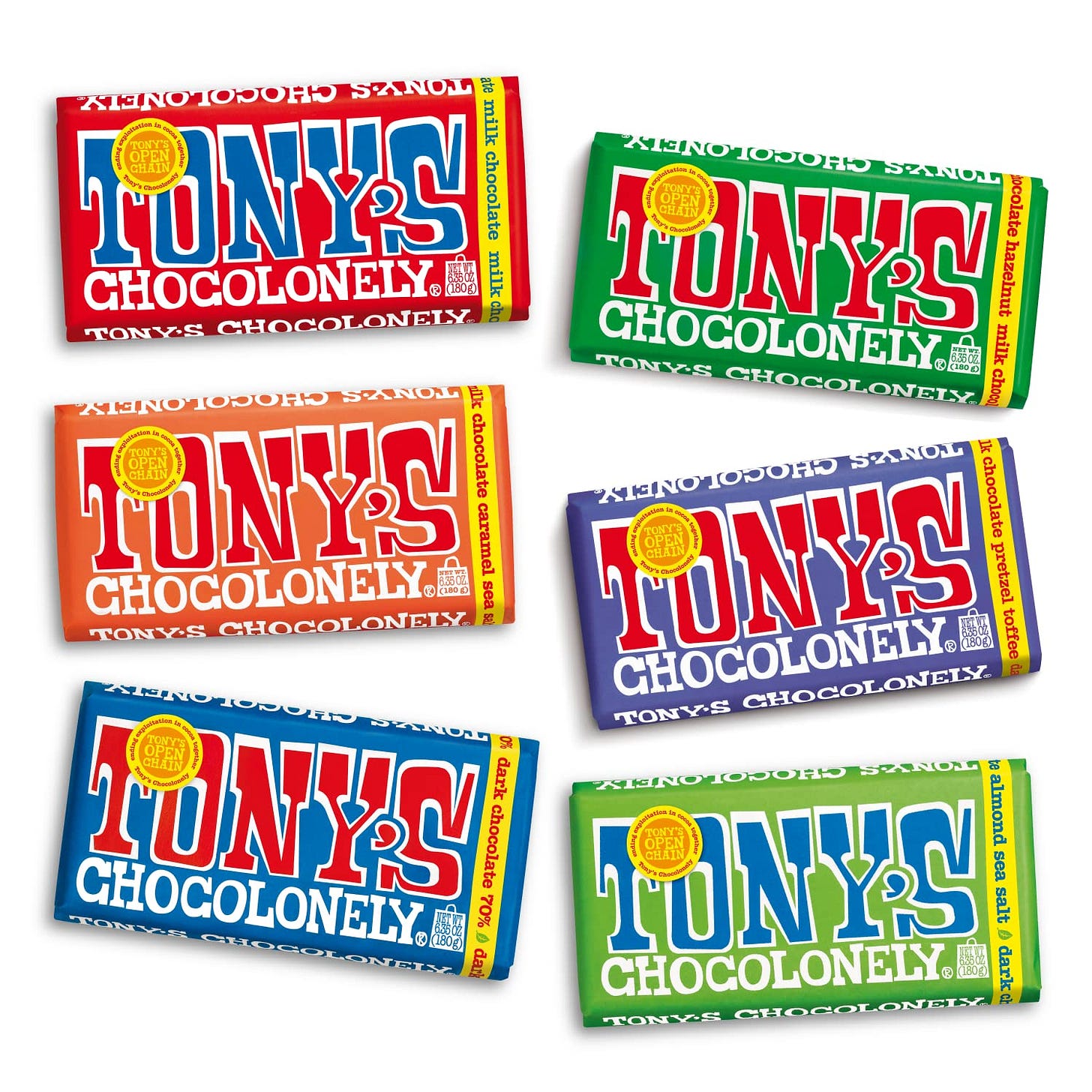Not Just Another Chocolate Bar
A story, quote, and lesson on how purpose builds businesses
Start with the mission.
Not the logo. Not the margins. Not the brand colors or packaging.
That’s what Dutch journalist Teun van de Keuken decided in 2003 when he began investigating the chocolate industry and uncovered something horrifying:
Even though the world’s largest chocolate manufacturers had promised to address child labor and modern slavery in their supply chains, nothing had really changed.
Back in 2001, companies like Nestlé, Hershey, and Mars had signed the Harkin-Engel Protocol, a document stating they would eliminate the worst forms of child labor by 2005. But as Teun dug deeper, he realized something strange.
No one had followed through.
So he tried something extreme: he bought a selection of chocolate bars, ate them on camera, and turned himself in to the Dutch authorities, asking to be prosecuted for knowingly purchasing goods made with slavery.
His goal wasn’t to go to jail. His goal was to shake the system awake.
But when the court dismissed the case, he realized words and reports weren’t enough. So he did something most journalists wouldn’t: he made his own chocolate bar.
That bar would become the first batch of what we now know as Tony’s Chocolonely, a name that reflects how alone he felt in the fight for truly ethical chocolate.
Today, Tony’s isn’t so lonely anymore.
It’s one of the largest chocolate brands in the Netherlands and sells bars in over 20 countries, with a U.S. headquarters in New York City. They’ve reported over €130 million in revenue in recent years and collaborate with major retailers across Europe and North America.
The mission is still front and center: to make 100% slave-free chocolate the norm.
To do this, they’ve gone far beyond sourcing fair-trade cocoa. Tony’s pays a higher price to their farmers, builds direct long-term relationships with cooperatives in Ghana and Côte d’Ivoire, and regularly audits their supply chain for transparency.
Even their packaging reflects the mission:
Uneven chocolate pieces to highlight the unfairness of the industry.
Bold fonts and bright colors to stand out on shelves and spark curiosity.
QR codes to scan for details on the farmer partnerships behind every bar.
Tony’s has even launched an “Open Chain” platform, inviting other chocolate brands to adopt their sourcing principles and help clean up the industry together. Companies like Ben & Jerry’s and Feastables have already joined.
“Proving that we're not just a chocolate distribution charity but a profitable, successful business is part of our impact.”
- Douglas Lamont, Tony’s Chocolonely CEO
That’s the beauty of mission-first entrepreneurship: You don’t need to sacrifice quality or profit to stand for something. In fact, it’s often the mission that builds the moat. It’s what draws in customers, gives employees a reason to care, and makes brands feel like movements.
No company is perfect. Tony’s has faced its share of criticism, whether for marketing choices or the difficulty of completely eradicating labor abuses in complex supply chains. But that doesn’t invalidate the attempt.
They’ve pushed harder and gone further than almost anyone else in the chocolate industry. And they’ve shown that a business can start with why instead of how much.
Because sometimes, the biggest problem with business isn’t inefficiency. It’s indifference.
So next time you’re in a supermarket… Look for a bright bar with a huge font that seems oddly shaped. Turn it over. Read the story. And maybe give it a try. The taste alone is worth it…
Because with enough bars, and enough belief, we might just reshape an industry.
So now I ask you:
Where in your life are you prioritizing “business” over “mission”? Could going back to your why positively impact your bottom-line?




Thinking about others much needed right now.
It still surprises me how a product so ordinary and popular can involve so much child labor, yet hardly anyone bats an eye. I know MrBeast is also raising awareness about this issue (probably appealing to a younger generation). It’s great to see more stories helping to tackle the problem and raise awareness.